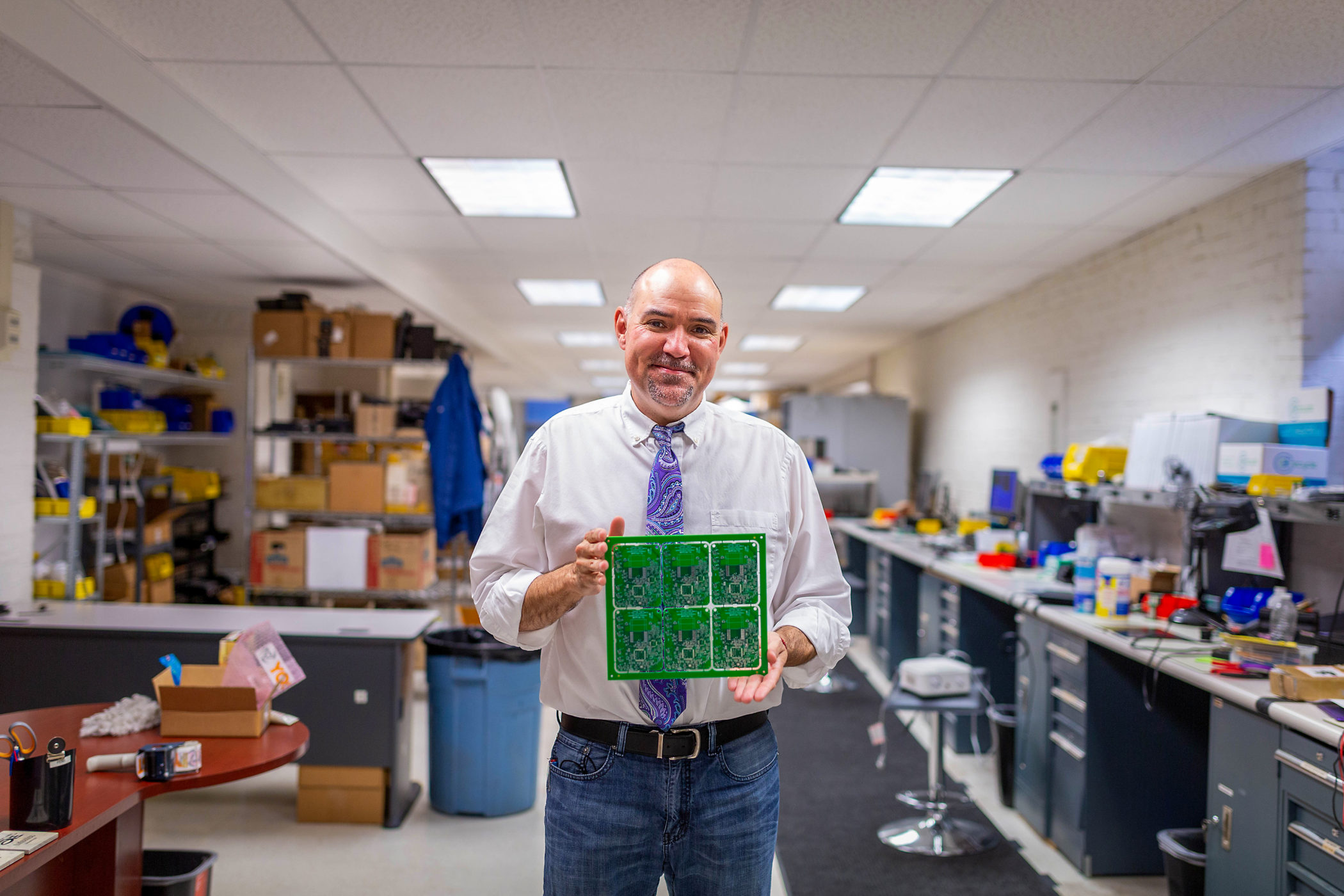Since 1980, the innovation economy has been a core driver of U.S. economic growth. Innovation has brought benefits to businesses, individuals, and families, and is constantly creating new industries, new business, and new jobs.
But the innovation economy has been disproportionately centered around major U.S. cities: From 2005 to 2017, only five metro areas accounted for over 90% of the nation’s innovation-sector growth, and 96% of tech jobs created in the last five years have been in metro areas.
This does not mean that there is not potential for innovation in rural areas across the country — technologies are shifting the ways in which knowledge spillovers, talent, and access to capital and customers are possible in rural places. With funding from the U.S. Economic Development Administration’s Research and National Technical Assistance (RNTA) program, the Center on Rural Innovation (CORI) put together a series of five briefs offering insight into what the future of work means for rural America. This fifth and final brief in the series addresses the question of where innovation is happening in the U.S., the economic factors that lead to innovation, and potential that different rural places have to be innovation hubs.
Based on a historical and economic analysis, we provide five recommendations for rural leaders to consider when creating economic and workforce development strategies and programs:
- Ensure high-quality broadband access
- Identify and build off of local innovation assets
- Build entrepreneurship ecosystems through strong regional partnerships
- Develop an innovation hub to serve as a focal point for an entrepreneurship ecosystem
- Leverage federal funding for rural innovation
Through this work, we aim to equip rural economic and workforce development leaders with the latest research and thinking on the future of work to help inform strategy, programs, and planning work.
Read the report:
This content was prepared by Rural Innovations Strategies, Inc. using Federal funds under award ED20HDQ3120070 from the U.S. Economic Development Administration, U.S. Department of Commerce. The statements, findings, conclusions, and recommendations are those of the author(s) and do not necessarily reflect the views of the U.S. Economic Development Administration or the U.S. Department of Commerce.
